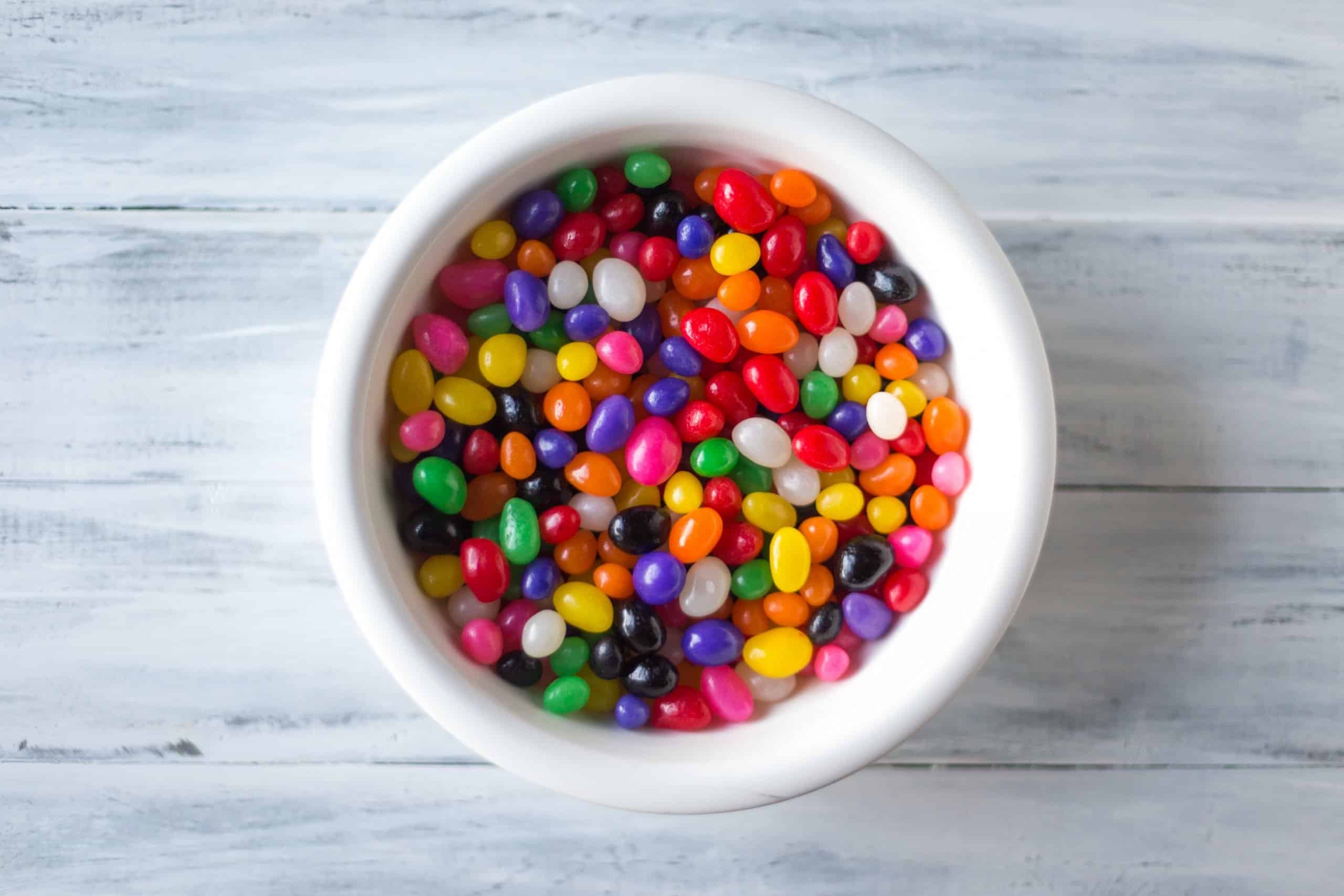If you’re like most passionate e-commerce business owners, then you look at your business like it’s your baby. You were there for its birth, and you’ve seen it grow from a small, little thing into the powerhouse it’s becoming. But just like with children, you’re going to have to accept certain things in your business.
For example, you may have to accept that your child may not be the most graceful kid in the bunch, but you can remedy that by taking them to some etiquette lessons. With your business, you might have to accept that your site has a high bounce rate. In your mind, your website is well-designed and is very user-friendly, meaning your bounce rate should be considerably low, but when you check Google Analytics, your bounce rate tells a story you don’t care to see.
For those new to the term “bounce rate,” or just needs a quick refresher, a bounce rate, in short, is the percentage of people who visit your site and then leave, instead of taking time to explore other pages on your site… Think of it like bouncing an actual ball. Your website is the ground, and visitors are the ball. When you bounce a ball on the ground, it immediately bounces off the ground… get it? People are coming to your site and bouncing out of it.
The fact that your website has a high bounce rate can be absolutely devastating.
Even if your website looks great and is user friendly, the source of your traffic will still impact your bounce rate tremendously. For example, if you are getting referral traffic from high-quality guest posts, your bounce rate may be lower than traffic from FB ads. There are really a lot of possibilities, and reducing the bounce rate will certainly take some work.
The fact that you’ve done all of that and people still don’t love your site as much as you do to even stay on the site long enough to see what else you have to offer can be hard to come to terms with.
What Makes For a Good (Acceptable) Bounce Rate?
It’s been said that beauty is in the eye of the beholder… This statement is typically used in reference to self-reflect and even art, meaning that what’s beautiful to you might not be beautiful to the next person. Well, that’s how you have to look at your site as well… It’s essentially what makes for a good bounce rate.
You may look at your site as the most beautiful thing you’ve ever created (aside from your beautiful children, if you have any), but to a person visiting your site, they might see your site as hard to use and having “too much going on”… You can look at your site’s bounce rate as a reflection of its appeal and all the other aspects that will make a visitor “stick” around.

The lower your bounce rate is, the better your business is doing with keeping visitors interested. For some businesses, a bounce rate of 75% is absolutely awesome, whereas, for other companies, that could be terrible news… it really just depends on your business’ goals and the site itself.
But the good news here is that just like your kid being extremely clumsy can be fixed, your site’s high bounce rate can be fixed too. It’s not always just about how to drive traffic to your site… It’s also about how to make your visitors stick around too. If you’re unsatisfied with your site’s bounce rate, take a look at some helpful tips to reduce it.
Ways to Reduce Your Site’s Bounce Rate
Declutter to Improve Load Times
On average, a website should take no more than three seconds to load… anything longer than that, people will leave. According to machmetrics.com, it takes about 22 seconds for a mobile landing page to fully load, but over 53% of people will leave that site if it takes longer than 3 seconds to load! If that’s the case, then how in the world can you make your landing pages sticky! Well, to be fair, that’s only 53%, so there are people out there who are more patient and willing to wait a few more seconds to get what they really want.

We’ve all been on a site and got so frustrated with its slow loading time that we just got tired of waiting and went to another site. So you can’t be mad at visitors to your site doing the same thing if your loading times are more than three seconds. Here are some things you can do to increase your site’s loading time:
- Eliminate plugins you’re not using or don’t need
- Remove unnecessary characters in your website’s code (minify it)
- Optimize your site’s image sizes
Put Your Credibility on Display and Build User Trust
Consumers are very cautious about what and where they spend their money. They’re also cautious of who they’re giving their personal information to, so before they make any type of purchase, they’re going to check your website to see if it’s reliable or seems sketchy… This is when you’re going to need to build user trust through your site.
User trust plays a huge role in your bounce rate. If a visitor to your site doesn’t feel it’s a secure site, they’re immediately going to leave. So, what do you do? You make them feel secure and put your credibility on display! If you’ve received any awards, certifications, or endorsements, put them on display!
You also want to display safety seals to let visitors to your site know that they can trust and know that their personal information and credit card information are safe.
Choose Your Site’s Colors Wisely
People have busy lives, and they’re not going to take time out of their day to try and read content that they can’t see… they’re not even going to take time out to read what they can barely see! You want to always make sure the color of your text works well in contrast to the color of your background or even incorporate the colors of your brand into your web design.

That’s not saying you have to stick with the traditional black and white… you can certainly play around with different colors, but just make sure the colors you choose work well together and won’t be a frustration to people who visit your site.
Keep Your Content Consistent
Consistent content is one of the best ways to keep visitors on your site longer and to get them to look at other pages. It’s also important to make sure that the content you’re producing is useful, interesting, and engaging because that’s what’s going to increase the traffic to your site… Once they see that you have useful and engaging content, they’re going to stick around longer and read other blog posts. A good goal to have is to try and publish at least 16 blog posts per month, and that’s a minimum… subscribers want to read fresh new content.
A/B Test Everything
Before you virtually open for business, you want to make sure you’re A/B testing everything so you can know what’s working properly and what’s not because it’s better for you to discover these glitches than your site’s visitors.
The smallest thing can make a visitor leave your site.
Make Sure Each Blog Post Has Social Share Buttons
If you have a blog on your website, then you need to make sure each post has a social share button. This is going to allow your visitors to share your website with all of their followers without actually leaving your site. How is this going to help your bounce rate? It’s brand awareness! The more people share your site’s link on social media, the more visitors you have coming to your site!

Utilize Exit-Intent Popups
Think of an exit-intent popup as someone trying to leave your site, and you make one last attempt to say, “Hey, wait! One more thing before you go!” in hopes of making them stick around a little longer. Sometimes they work, and sometimes they don’t, but it never hurts to try.
The cool thing about exit-intent popups is that they’re able to track when someone is about to leave your site and sends them a targeted message at the moment right before they try to leave. The popup can be one last request to subscribe or even to sweeten the deal with a discount offer.
Use White Space to Your Advantage
As you probably already know, the white space on your site is the blank area that surrounds the text, pictures, and all other content on your site.
You may not realize it, but white space on your site plays a pivotal role in how long a visitor stays on your site, especially from a readability standpoint.
Some business owners feel like they need each and every bit of white space needs to be utilized, and that can drastically increase your bounce rate because it’ll be too cluttered, making visitors feel overwhelmed, which in turn will make them leave your site and not implement your initial call to action.
Reduce and Convert
Having a high bounce rate is definitely known to be a “conversion killer,” but a high bounce rate is also something that’s very fixable. People abandon websites for all kinds of reasons… some of those reasons don’t have anything to do with your site, but some of those reasons do. Remember to focus on the source of your traffic as well, prioritizing high-value link placements and media mentions to start the battle with a higher perceived level of trust.
By utilizing these web design tips, you can make sure you’re covering all your bases and giving visitors a reason to stick around. After all, the longer they stay on your site, the higher the chance you have to convert them into customers or at least subscribers.
